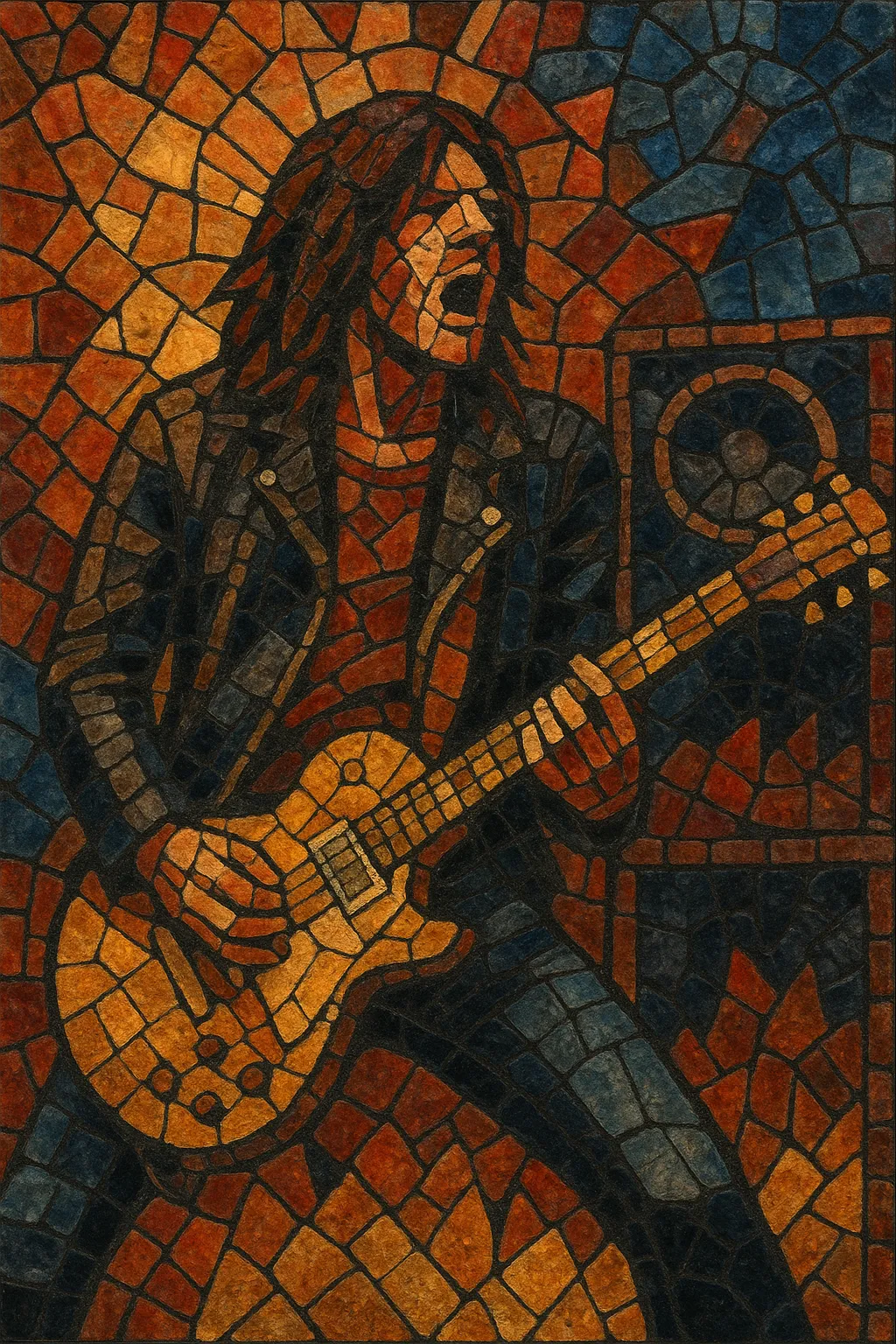
Mainstream rock is a radio-friendly, hook-driven branch of rock that crystallized in the late 1970s in the United States from the convergence of album-oriented rock (AOR), hard rock, and polished pop-rock songwriting.
It emphasizes big choruses, memorable guitar riffs, strong lead vocals, and clean, high-impact production designed to translate equally well to FM radio, MTV-era video rotation, and large venues.
While it can be high-energy and guitar-forward, the genre balances edge with accessibility, often featuring power ballads, anthemic sing-alongs, and mid-to-up-tempo grooves. The sound privileges clarity, tight song structure, and broad appeal over experimentalism, making it a perennial commercial force across decades.
Mainstream rock coalesced in the United States as FM radio programmers and major labels favored guitar-oriented acts that combined the drive of hard rock with the songcraft and sheen of pop. The AOR format helped standardize the sound: tight arrangements, big hooks, and singer-forward mixes that could live on both radio and arena stages.
The rise of MTV supercharged the genre. Bands like Journey, Bon Jovi, Def Leppard, Foreigner, Boston, Van Halen, and Aerosmith paired high-gloss production with video-friendly imagery and arena-scale choruses. Power ballads became reliable crossover hits, while virtuosic but concise guitar solos and layered backing vocals defined the sonic signature.
Grunge and alternative rock disrupted the 1990s landscape, but mainstream rock adapted rather than disappeared. Radio formats evolved, and post‑grunge and pop‑metal acts adopted the genre’s polished song structures and anthemic sensibilities. Acts like Foo Fighters and Nickelback demonstrated that radio-ready guitars, hooky choruses, and modern production could continue the tradition with updated tones and themes.
In the 2010s and beyond, playlist culture and digital production diversified the sound palette, but the core template—concise songwriting, punchy guitars, emphatic choruses—remains. Legacy acts still tour arenas, while newer bands blend contemporary sonic trends with the genre’s proven framework, keeping mainstream rock a reliable staple of rock radio and festival stages.

